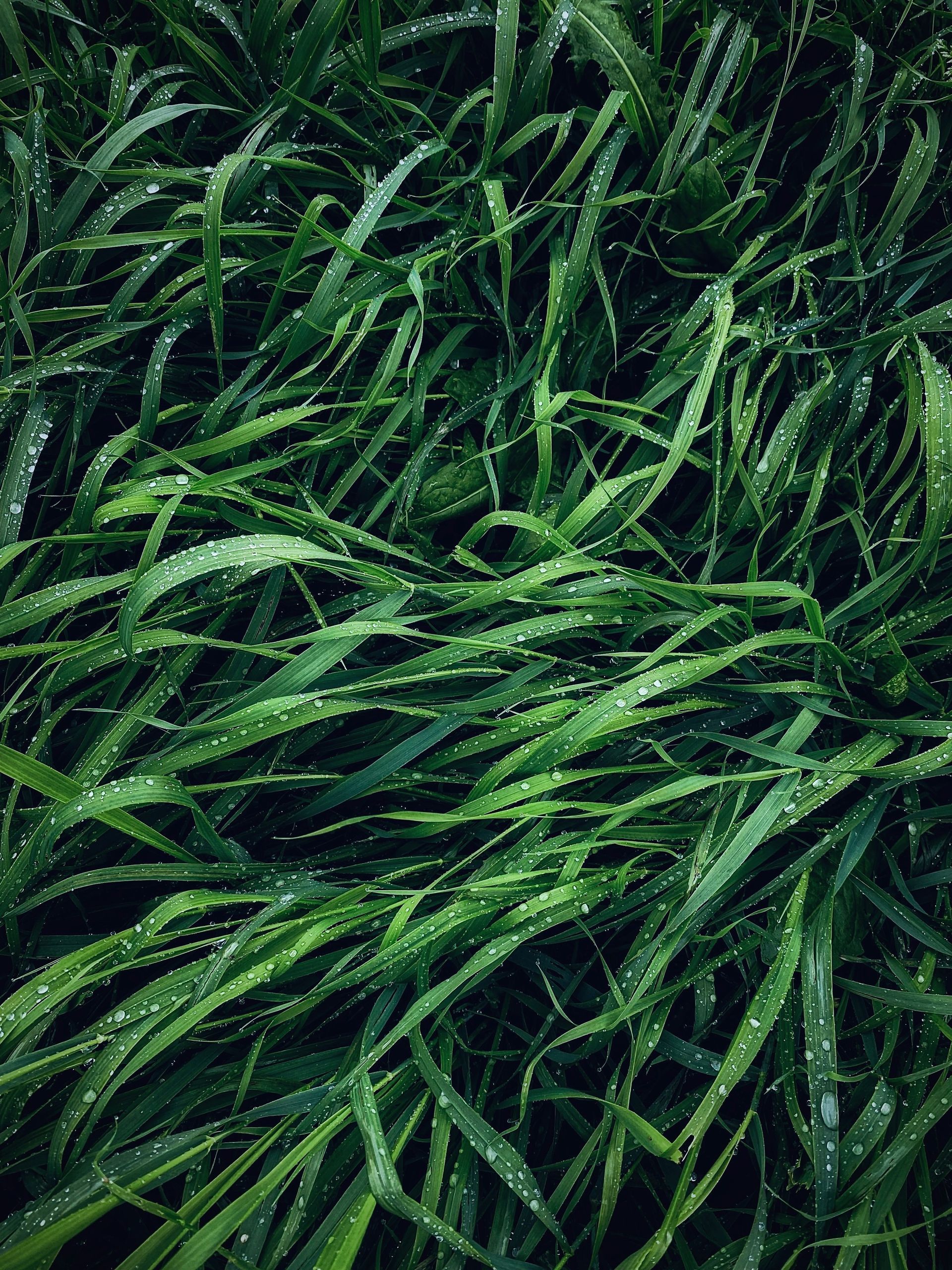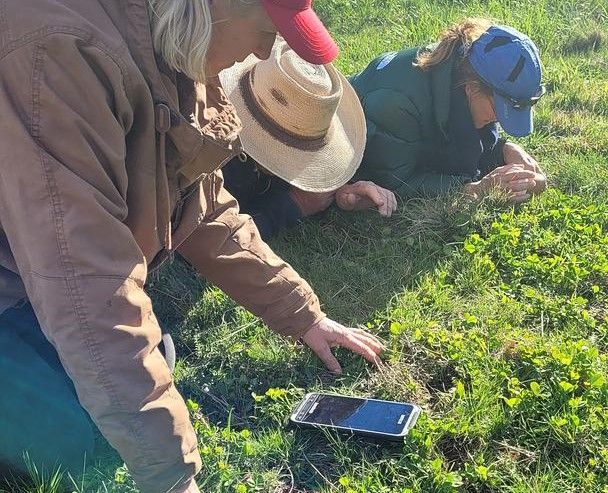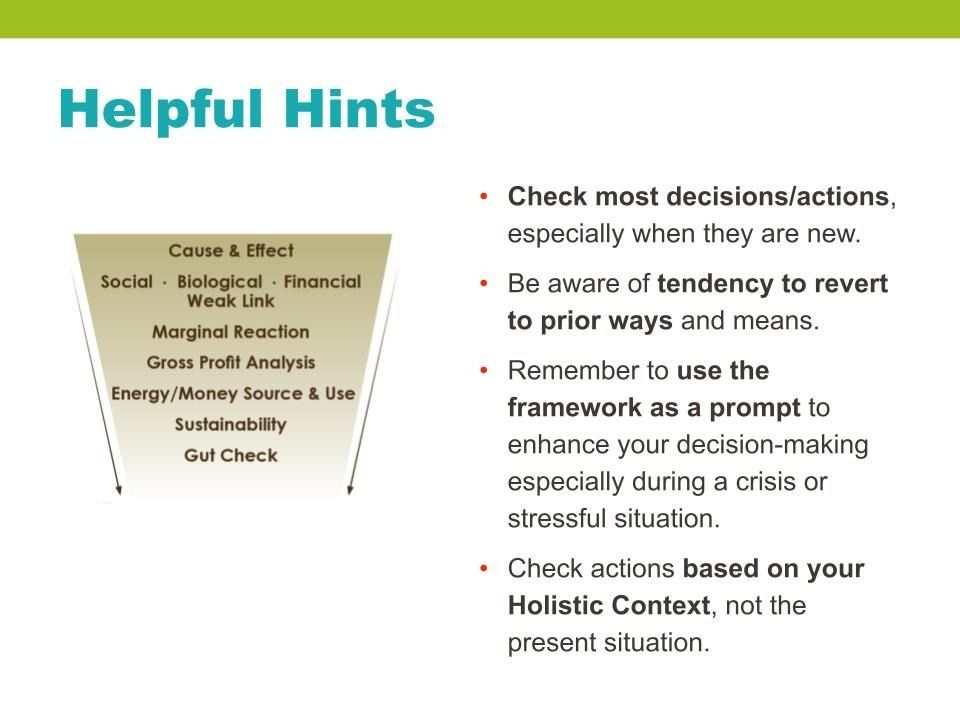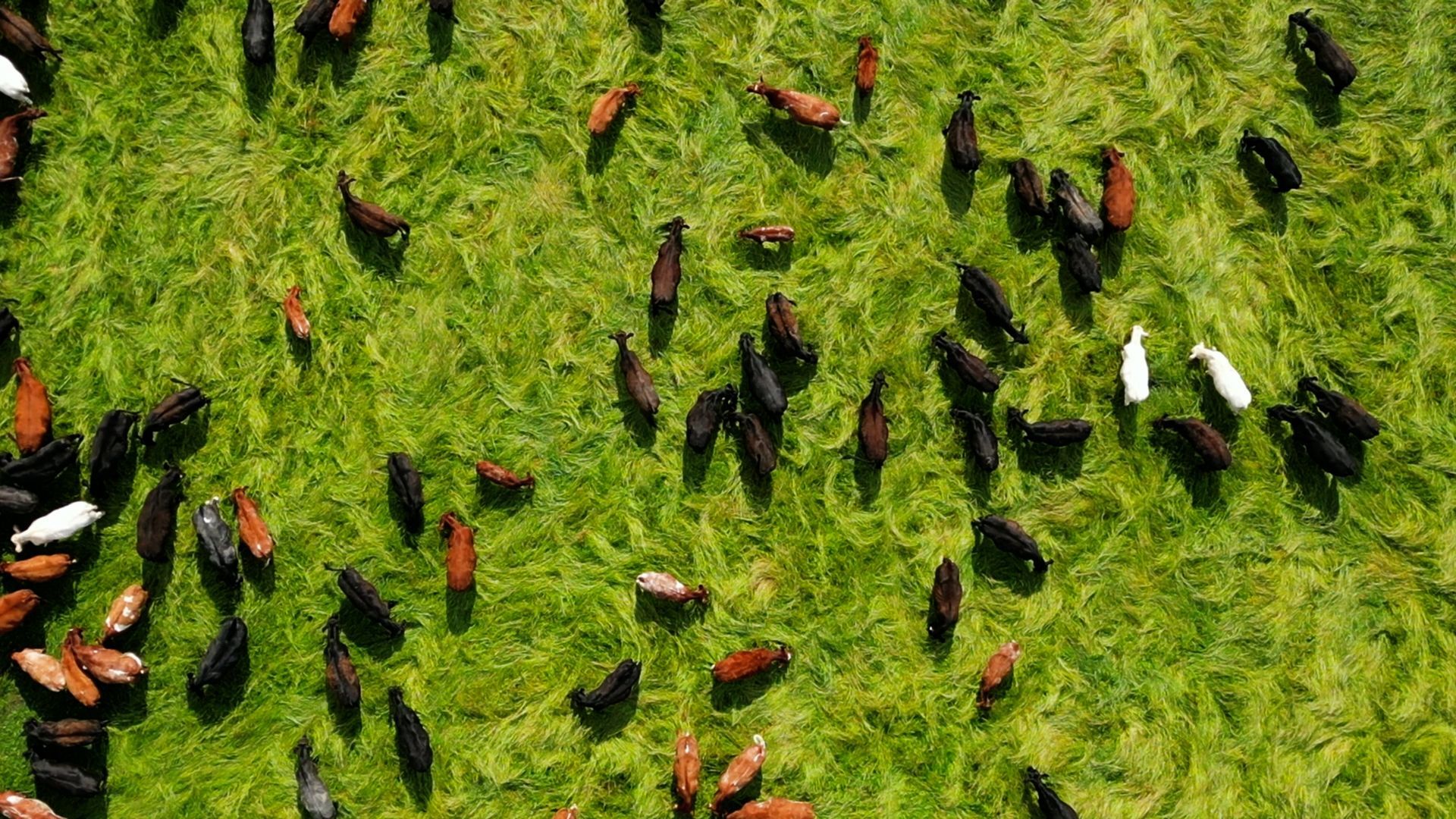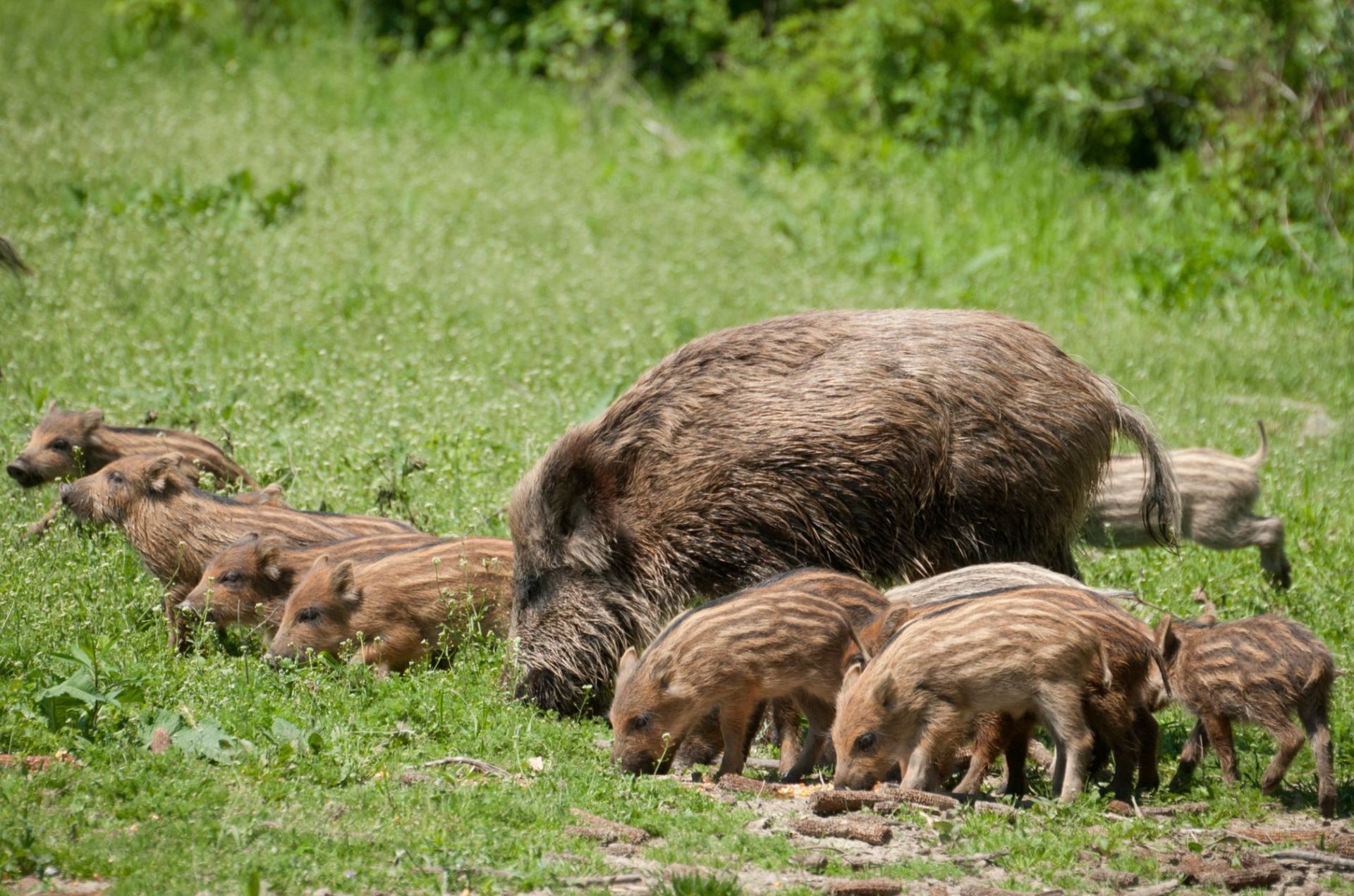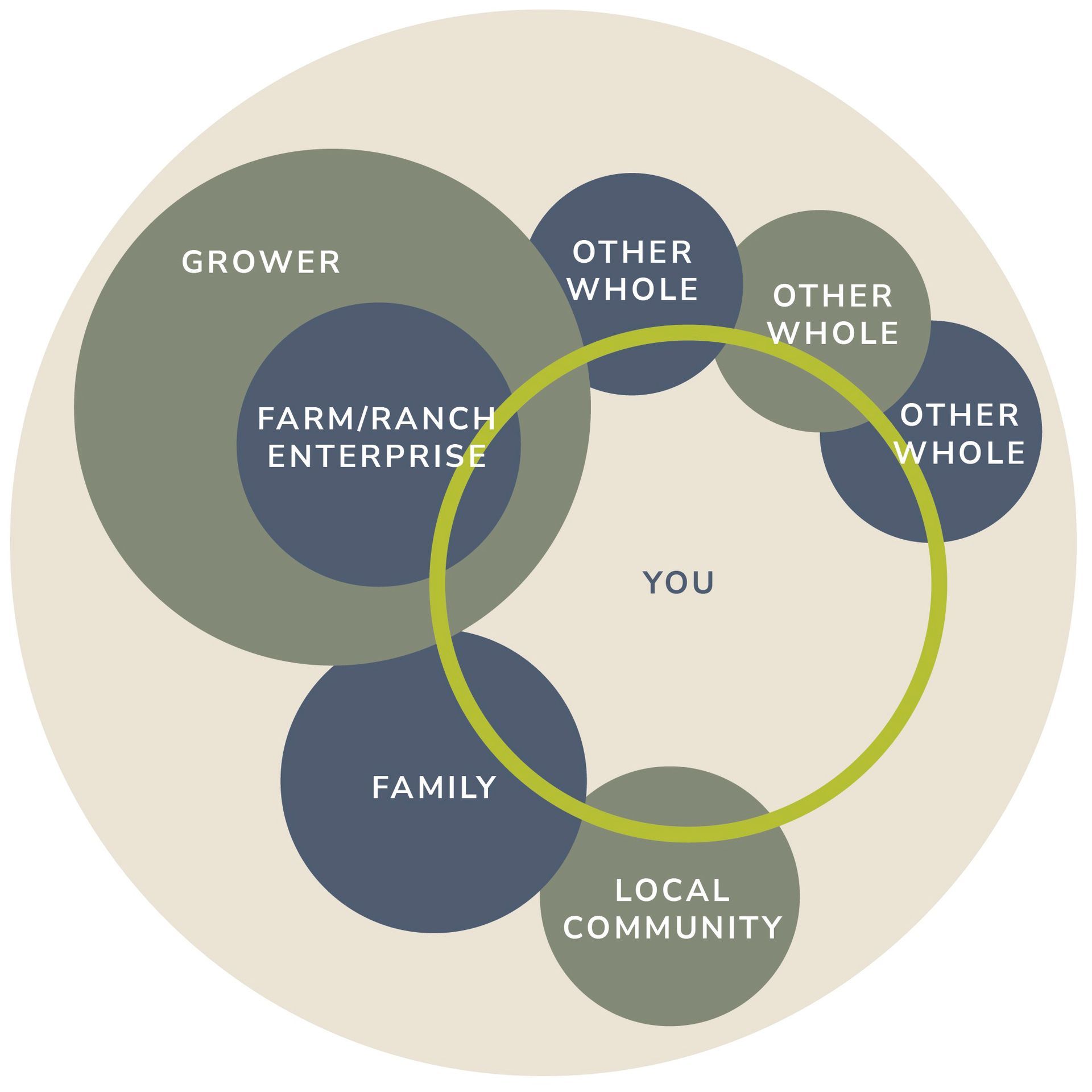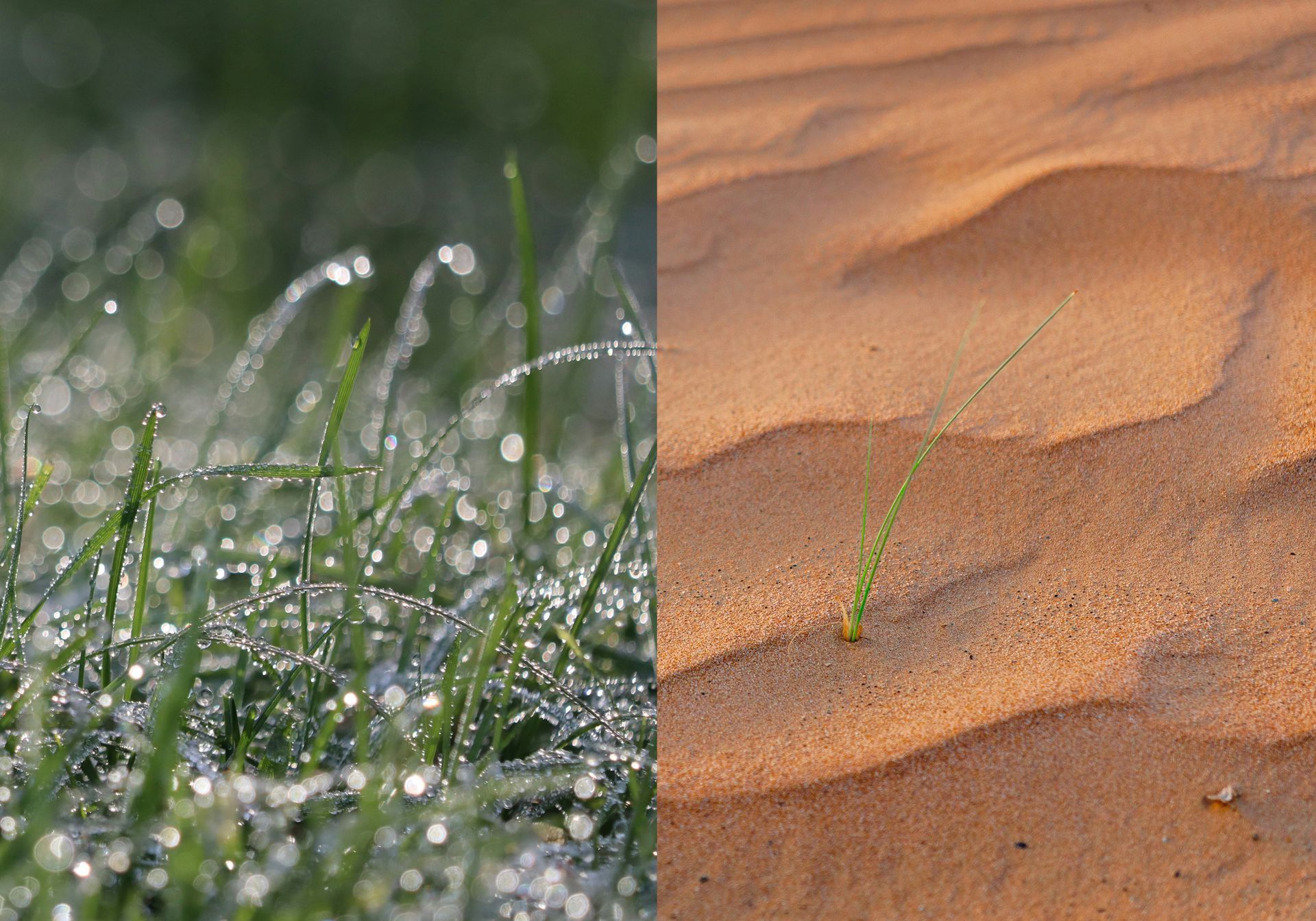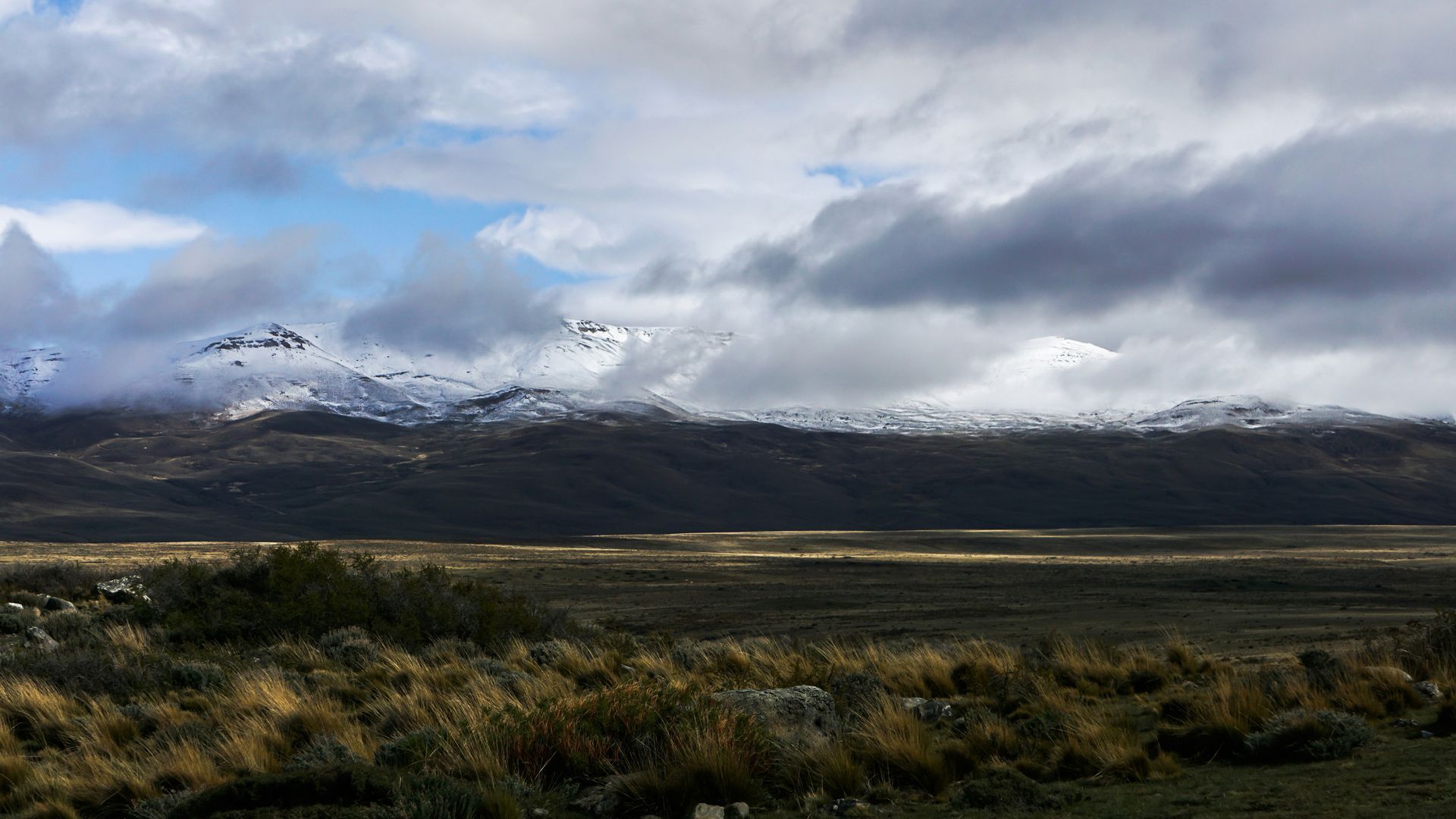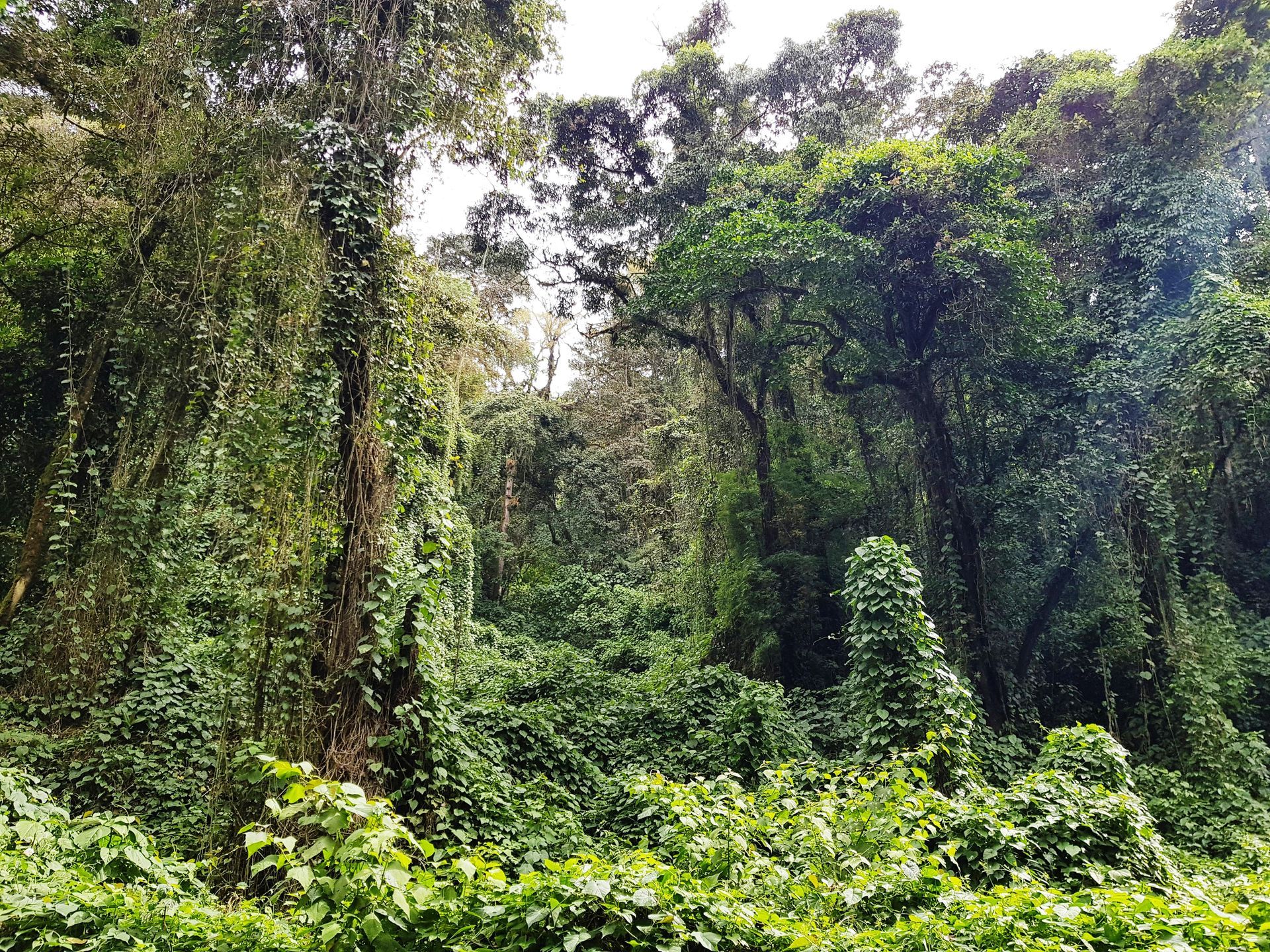What do dragons have to do with Holistic Management?
You may have seen the use of the dragon motif used extensively in Chinese & Japanese culture and wondered what it means, I know I did...
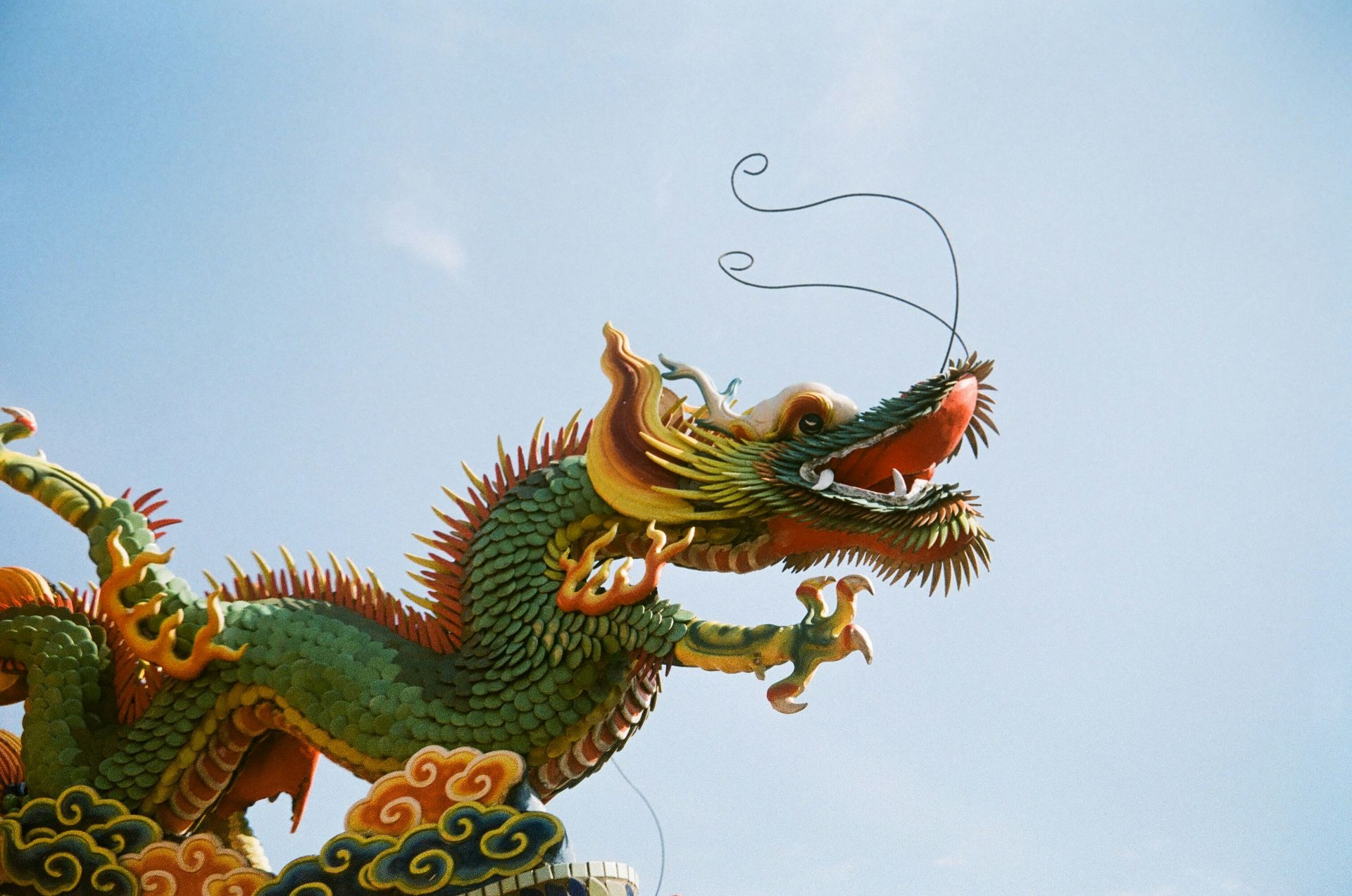
In Shinto and Japanese folklore, dragons (ryū or tatsu) are deeply connected to water, weather, fertility, and natural balance. Unlike the fire-breathing, hoard-guarding dragons of Western mythology that steal maidens and are slain by knights, Japanese dragons are primarily benevolent water spirits, often associated with rivers, rainfall, lakes, and ocean currents.
They are the living forces of rivers, storms, and rain—essentially, the animating spirit of hydrology. In ancient Japan, farmers would make offerings to dragon deities, hoping to ensure good rainfall and abundant harvests. It strikes me that, in many ways, we have driven the dragons away. Industrial agriculture has straightened rivers, drained wetlands, and disrupted the natural cycles that these mythical creatures represent.
In Shinto, the landscape is not just a backdrop for human activity but a living, sacred entity, threaded with what some geomancers call dragon veins—natural flows of energy moving through mountains, rivers, and forests. When these flows are disrupted, imbalance follows. This idea has clear ecological parallels. We now know that disrupting the hydrological cycle—through deforestation, monoculture, and poor soil management—leads to droughts, floods, and land degradation.
It's not just Japanese culture but in Chinese culture, dragons are intimately tied to water, embodying the dynamic movement of rivers, rain, and oceans. Unlike their Western counterparts, Chinese dragons are benevolent, bringing balance and life-giving water to the land. They are often depicted undulating like flowing currents, symbolizing the interconnectedness of all things and the fluidity of existence.
The Dragon Kings (Longwang) rule over the four seas, controlling storms and rainfall, reinforcing the dragon’s role as a force of nature rather than a mere mythical creature. This flowing, ever-shifting energy mirrors Taoist principles of water’s adaptability and quiet strength. When viewed alongside Shinto dragons, who also govern water and bridge earthly and divine realms, the similarities reveal a shared reverence for the primal, life-sustaining power of water across East Asian traditions.
Regenerative agriculture, then, could be seen as an attempt to invite the dragons back, to restore the sinuous, life-giving movement of water through the land. Instead of forcing landscapes into submission, we might follow the example of traditional Japanese farming, where rice paddies and irrigation channels worked with the contours of the land rather than against them, much like a dragon weaving through a valley.
There’s also something deeply compelling about the dual nature of dragons in Shinto—they are both creative and destructive, bringers of life and chaos. This reminds me of how natural systems function.
Wildfires, floods, and grazing animals can seem destructive, yet they are essential parts of the regenerative process. Indigenous land stewards and holistic managers have long understood that controlled disturbance is necessary for ecosystem renewal, much like the storms of a dragon that clear away stagnation and prepare the ground for new growth.
We are not separate from nature, nor are we its masters. We are part of a greater system of flows and cycles.
Perhaps the lesson here is one of humility: humans are not separate from nature, nor are we its masters. We are part of a greater system of flows and cycles, and when we try to impose rigid control, we end up creating imbalance.
If we think of dragons not just as mythical beings but as symbols of the wild, uncontainable forces of nature, then their absence from our landscapes is telling. In many old stories, when a dragon disappears, drought and famine follow.
But when it returns, the rivers flow again, the forests regenerate, and the land becomes abundant once more. This, to me, is a perfect metaphor for what regenerative agriculture is trying to achieve. By restoring water systems, rewilding landscapes, and working with nature’s patterns rather than against them, we might just be calling the dragons home.
Glen Burrows


